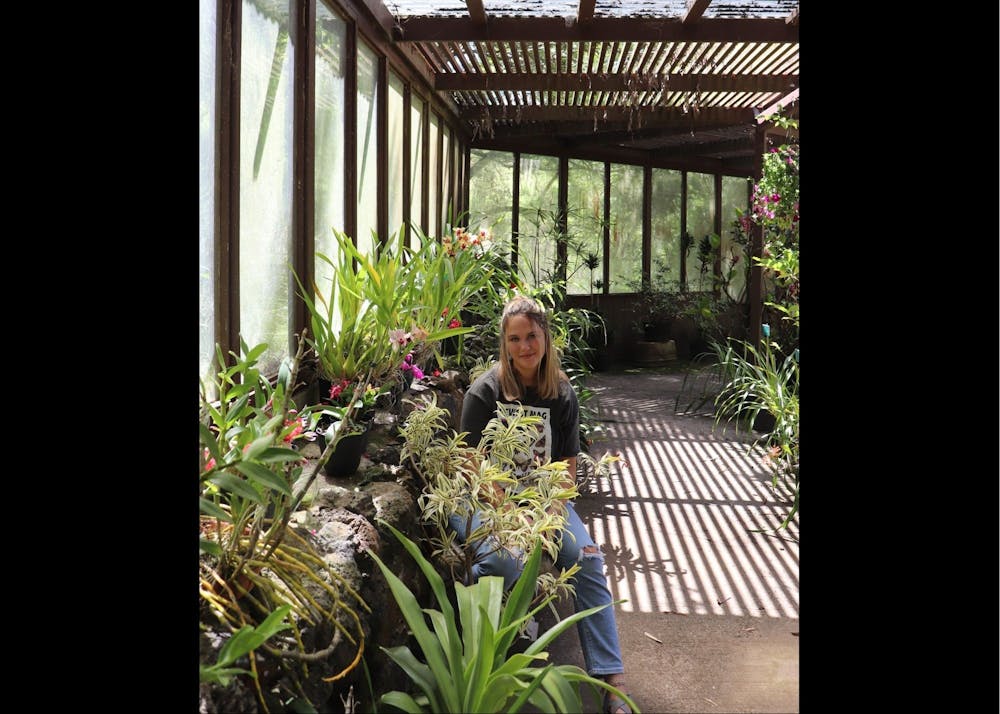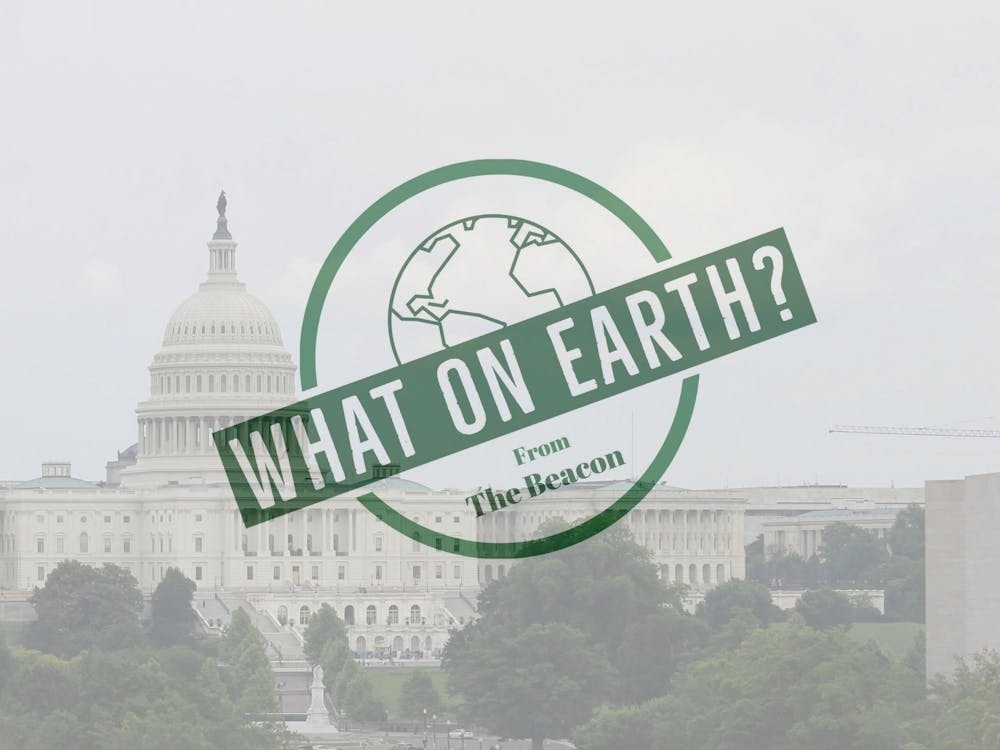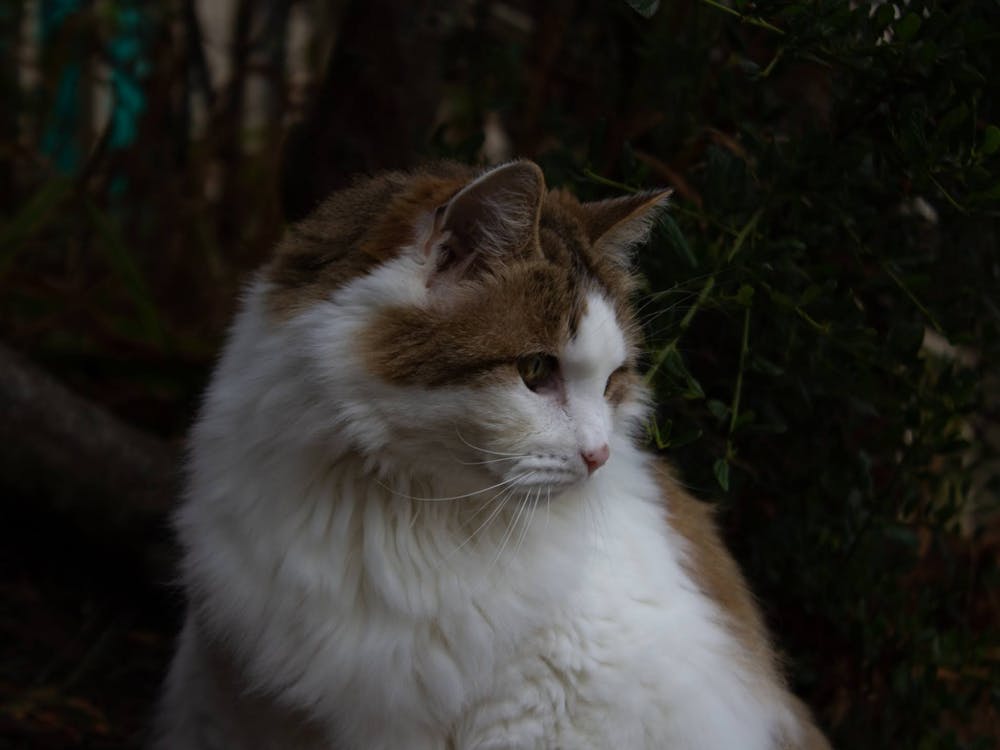When you spend time in nature it is easy to revel in the diversity of the flora and fauna, which can distract from the lack of diversity in the people spending time in the outdoors. Have you ever noticed how prominent whiteness is in the outdoors? Have you ever walked into an REI and realized that there is a stark lack of diversity in the customer base? Racism in outdoor spaces is a prevalent issue that is typically overlooked because many believe that it is impossible to be racist in a space that seems free of society. This thought process is not only wrong, but harmful to all minorities. Making outdoor spaces more accessible to people of all backgrounds is an issue that needs to be addressed, and the traditional use of nature by prominently white people needs to be disrupted.
Lack of diversity in the outdoors is not simply an observation, but it is a narrative that has been confirmed by many studies. It was found that somewhere between 88 and 95 percent of all visitors to public lands were white. This is an especially overwhelming statistic when you remember that white people make up only 63% of the US population. More white people are experiencing spaces like national parks and public lands, that many people of color are missing out on.
Why are people of color less likely to visit public outdoor spaces? Part of the answer to this is addressed in how public spaces have been whitewashed dramatically over the last century. The narrative that John Muir is the father of national parks whitewashes the history of indigenous peoples being caretakers of this land long before colonialism. This story perpetuates the idea that outdoor spaces are traditionally run by white people and are white owned, which can be intimidating and invalidating for people of color.
Another factor is in the expense of outdoor recreational activities. Buying gear that makes outdoor activities like hiking, biking, climbing, and camping more enjoyable and accessible can be very expensive. Many low-income people of color cannot afford to pay these expenses that would make these experiences accessible to them. Although numerous factors go into why people of color don’t make up more of the crowds going to public lands, these are just a few reasons why outdoors spaces can be less accessible.
I grew up in Alaska and being outside and spending time in the backcountry is second nature to me, although this is not everyone’s reality. We have trailheads close to home, lots of secondhand gear stores and rentals, as well as well-maintained paths and trails. Having this increased sense of accessibility still doesn’t mean that it is more accessible for people of color. I still find that the trails are lined with white people more often than with people of color.
Alaska’s population is similar to that of the nation as a whole, made up of about 65% white people, 15% Indigenous peoples, as well as lots of small percentages of many minorities. Having so many minorities present in our community, and yet still seeing predominately white people in nature is upsetting to say the least.
Last summer I went out to countless public use cabins and I cannot recall how many people of color I saw, but I can remember how many white men in Patagonia clothing I saw out hiking with high end gear. White men especially are traditionally encouraged to be more manly and outdoorsy, pushing them to find a home in outdoor spaces. This thought process often creates more communities of outdoorsy people who lack diversity. When outdoor recreation stores and groups are dominated by one race, it can be intimidating and scary for people of color to break that glass ceiling and to put themselves in a situation where they can be obviously singled out.
Seeing this kind of racism in spaces that have helped me to find myself makes me incredibly sad. I don’t know where I would be without my connection to nature. The mountains are a second home to me, where I can escape the real world and get in touch with my core. Being in the trees and listening to the quiet that I find in nature is a priceless experience that makes me feel more connected to not only myself, but also the world around me. Knowing that this experience is something that some people do not have available to them makes me feel absolutely heartbroken. Making the outdoors more accessible is something that needs to be accomplished.
So, what can you do about racism in the outdoors? One easy step you can take towards making nature more accessible is supporting organizations and activists that help to reclaim the outdoors. Some of my personal favorites are Pattie Gonia, Camp Brave Trails, and Vasu Sojitra. By following and supporting organizations and people like this, we can work to reclaim the narrative and redirect focus.
Another step you can take towards this goal is to support legislation that increases funding for public outdoor parks and protected areas. By increasing the number of these places, we can have more nature dedicated spaces closer to peoples’ homes. Often in low-income areas there is a disconnect between the safety and quality of the parks as well as in their availability in comparison to more high-income neighborhoods. According to a study in the Journal of Park and Recreation Administration, there were no extreme differences in the number of parks between high income and low-income neighborhoods, but there was a difference in the conditions of the parks and their perceived safety. This disparity affects how many kids go to the parks and affects how much physical and outdoor activity they do. Increased funding could help provide more parks to these areas which would help make nature more accessible and help kids to foster a love for being outside from a young age.
One final thing you can do is simply to educate yourself on racial issues and injustices like this. Help to change the narrative that nature is a predominantly white space and remember that indigenous people have been caretakers of this land far longer, and that nature can be accessible to all.
Sara Wendling is a freshman business major. She can be reached at wendling24@up.edu.
Have something to say about this? We’re dedicated to publishing a wide variety of viewpoints, and we’d like to hear from you. Voice your opinion in The Beacon.








